
Running an online store in Canada is exciting, but let's be real—it also comes with its fair share of challenges. Between keeping products in stock, managing suppliers, and making sure customers get their orders on time, things can get overwhelming. Here's where supply chain integration comes in.
In this guide, we'll break it down in simple terms and share practical steps you can take to make integration work for your eCommerce business.
An integrated supply chain is when all the different parts of your business connect and work well together, such as:
Think of it this way:
Instead of treating each step like its own little island, integration builds bridges so information, products, and decisions flow freely. For sellers, it could mean your supplier in Toronto, your fulfillment partner in Vancouver, and your customer across North America are all in sync with each other.
There isn’t just one way to integrate your supply chain. Let’s break down the four main types with simple examples:
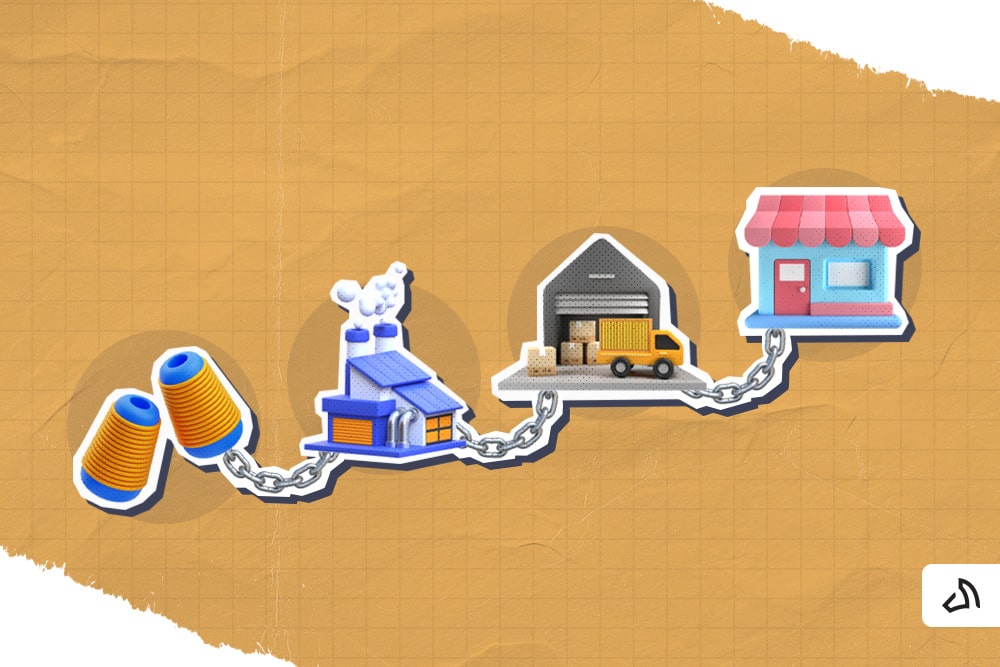
Vertical integration is when a company takes control of more than one step in its supply chain. It allows businesses to reduce dependency on outside providers, cut costs, and gain more control over quality and timelines.
Example:
Let's say you sell handmade candles online. Instead of buying your raw material (aka wax) from a supplier, you decide to start producing your own. Now you're controlling both production and retail, cutting costs and ensuring quality.
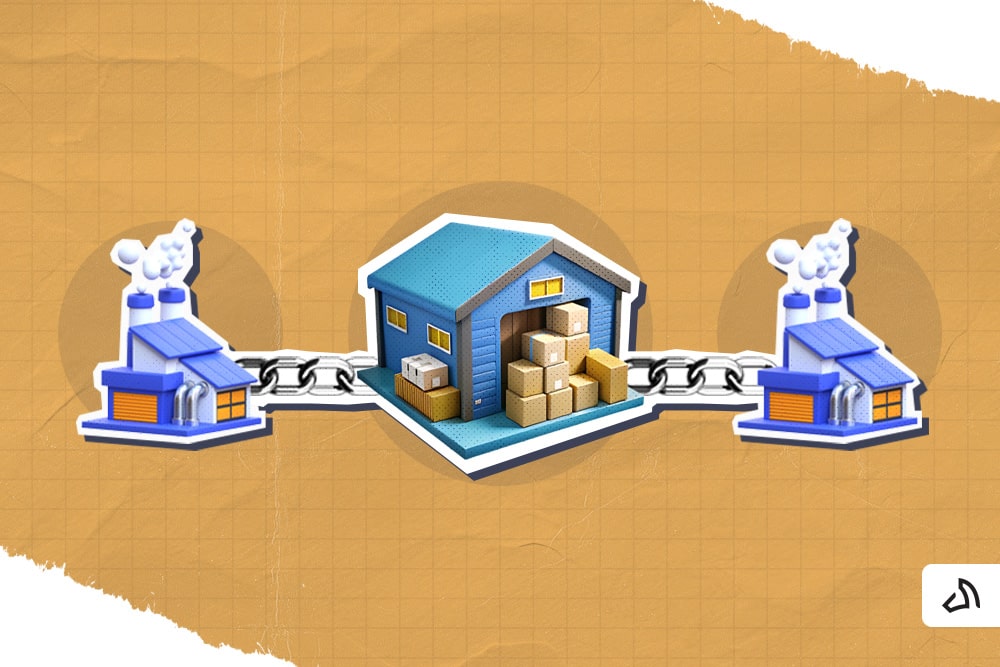
Horizontal integration happens when businesses combine forces at the same level of the supply chain. Companies often utilize it to increase market share, expand product offerings, or streamline operations by leveraging shared resources.
Example:
Say you own an online clothing store. Instead of selling your apparel alone, you partnered with another Canadian clothing retailer. You merge both of your products to expand your selection and share logistics resources. Together, you're stronger and can serve customers faster.
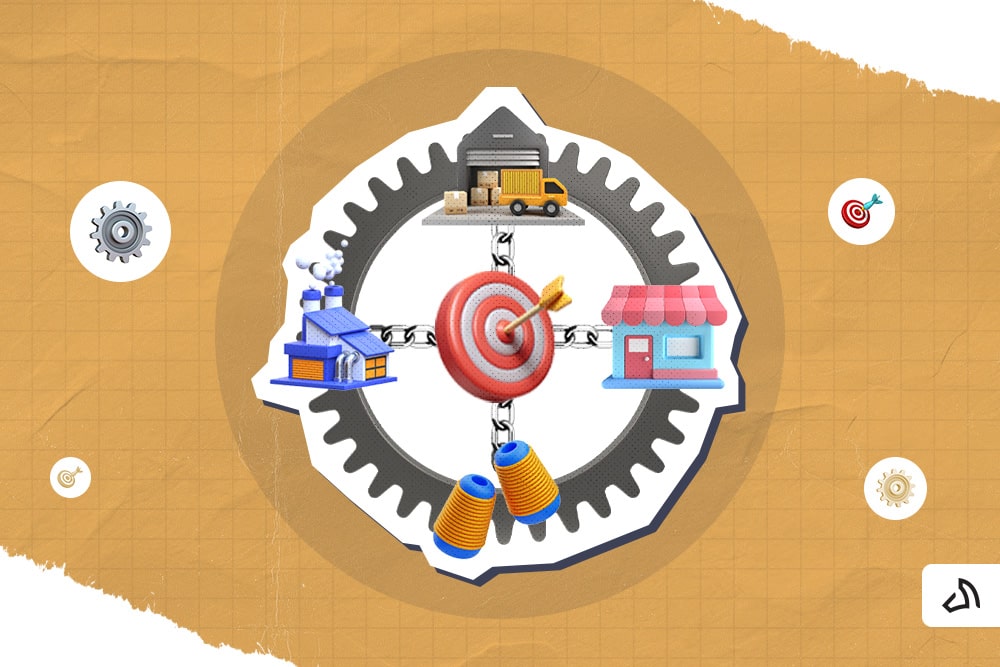
Internal integration focuses on getting your own departments or teams to work together. Companies can minimize errors, boost efficiency, and deliver a smoother customer experience through improved collaboration and communication.
Example:
Your marketing team runs a promotion. The thing is, your warehouse team doesn't know anything about it. It could lead to overselling. With internal integration, your team share information, so when marketing launches a sale, the inventory team is ready.
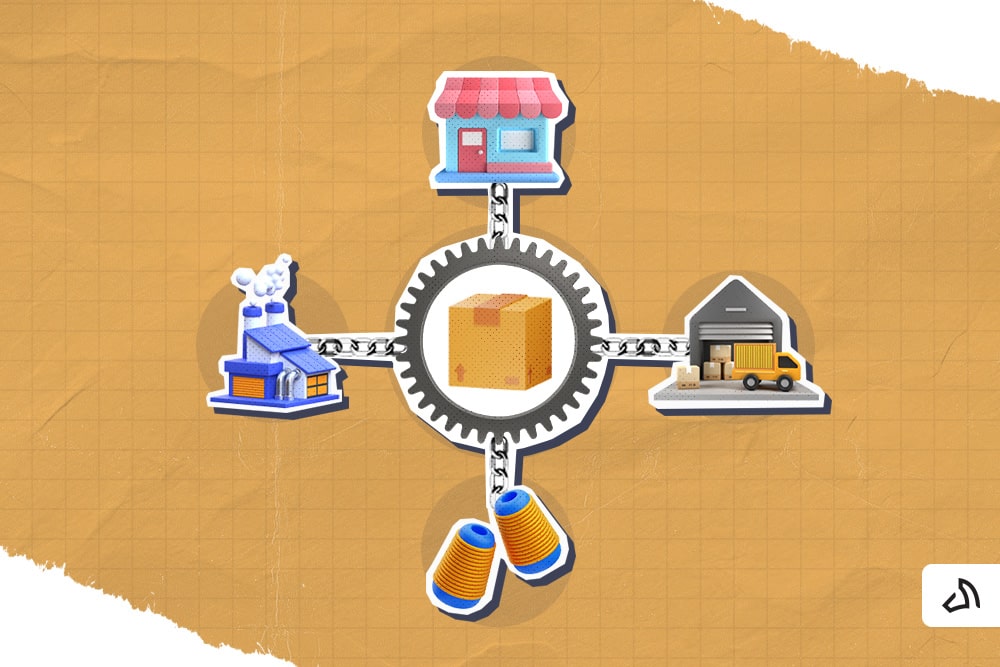
External integration involves building strong partnerships with outside players, such as suppliers, couriers, and fulfillment centres. Strong external integration can:
Example:
As a seller in Toronto, you partner with a 3PL that integrates directly with your online store. When a customer orders from your Shopify site, the fulfillment process automatically kicks in.
Let's examine the building blocks that make the supply chain process integration work:
Clear communication throughout the entire process enhances supply chain performance. It may be just a simple flow of information, but it can prevent mistakes and delays. Think shared dashboards, real-time updates, and automated order tracking.
Proper supply chain management systems in place allow you to know:
It helps avoid overselling or stockouts.
A smooth flow of goods is critical. Integrated shipping and storage help streamline delivery so packages get where they need to go. It doesn't matter whether that's across Canada, into the US, or internationally.
Good relationships with suppliers and partners mean fewer hiccups. Integration here can help you pivot quickly if demand spikes or supply issues arise.
Many technology systems can make your process more seamless. Some tools to help automate tasks and provide real-time supply chain visibility, such as:
Using supply chain integration strategies sounds great, but they come with a few hurdles. Here are some of the challenges you might encounter:
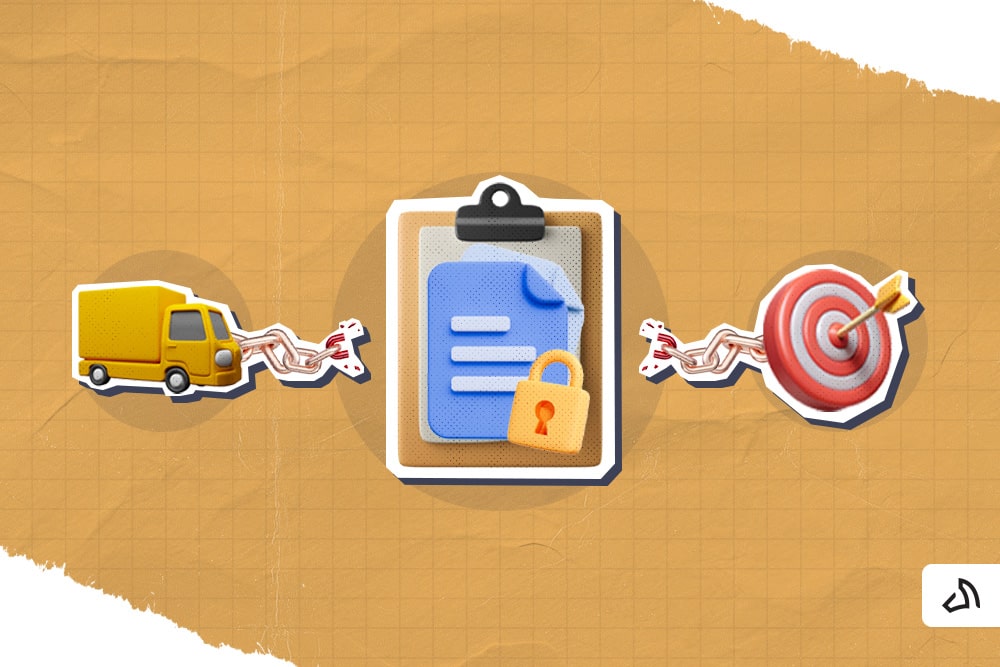
Data silos are pockets of information stored in separate systems or departments that don't readily share or connect. If your sales, inventory, and supplier data live in separate systems, it's hard to get the entire picture.
Example:
Your sales team might keep selling an item that looks "in stock" in their system, while your warehouse software shows you don't have it in stock. Integration fixes this issue by connecting everything and preventing those mix-ups.
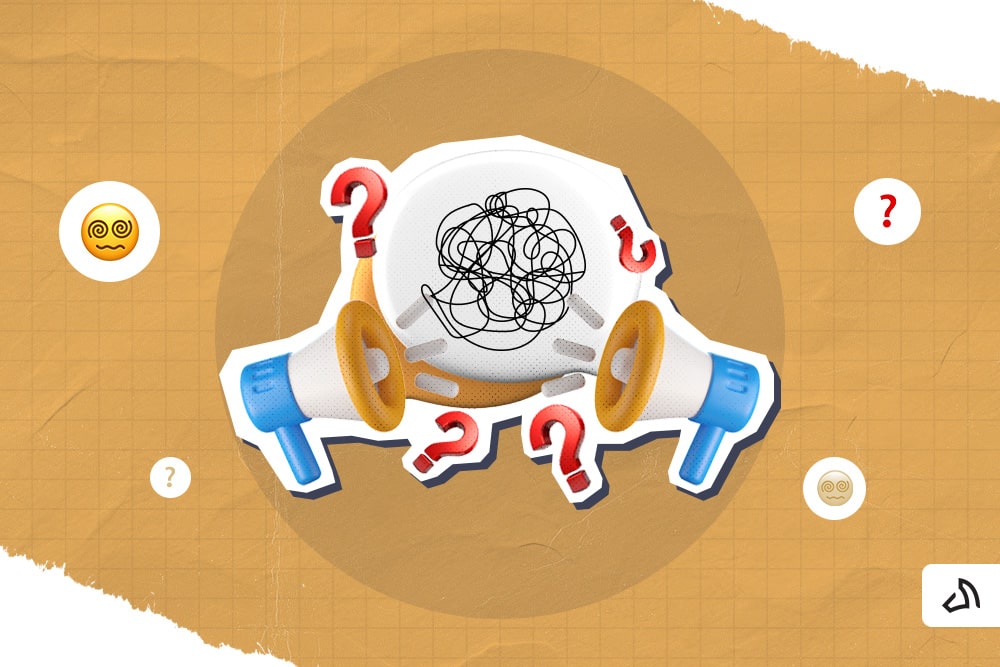
Ever had a supplier not update you on delays? Lack of communication can disrupt your entire supply chain. Imagine promising customers next-day shipping, only to find out that there are delays in your supplier's shipment. Isn't it frustrating?

Not everyone likes new systems. You can expect your staff, suppliers, or even supply chain partners to resist change. For instance, a warehouse staff used to manual spreadsheets may push back against using new scanning software. It can delay your entire supply chain operations and affect your overall performance.
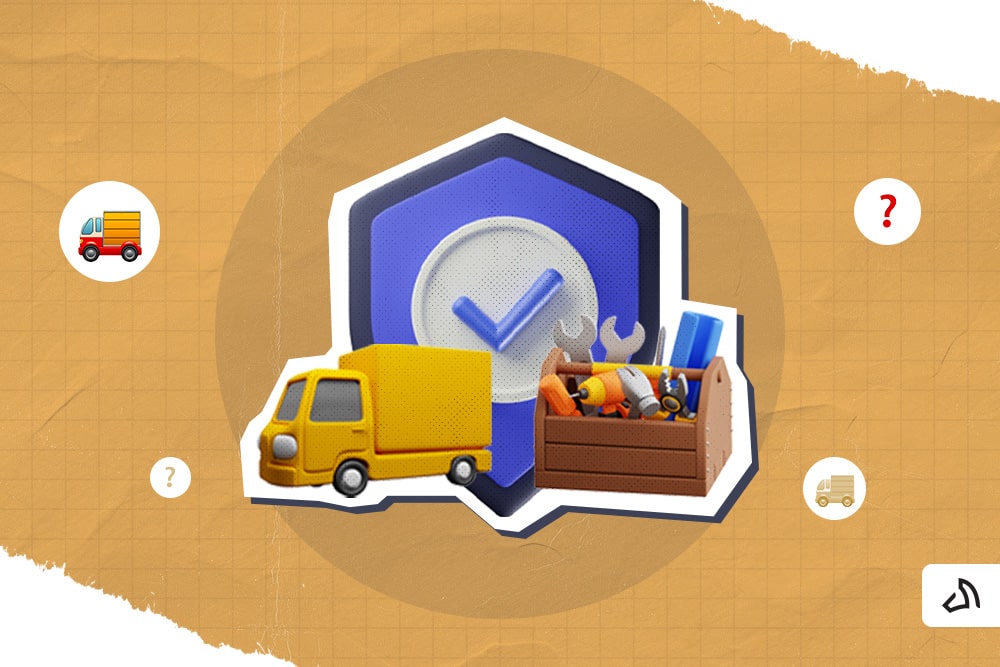
Technology investments can be pricey upfront. The cost of new supply chain solutions often feels overwhelming, especially when budgets are tight. Picture sending thousands on a new WMS, only to worry about how expensive it is while other parts of the business struggle for resources.
So, how do you actually get started at this stage of the supply chain? Here's a beginner-friendly roadmap:
Look at what's working and where the breakdowns happen. Is there a delay in shipping? How about stocking issues? Are there any communication gaps? All of these factors can affect an effective supply chain.
In anything you do, always remember to create a list of measurable goals. Do you want faster shipping times? Better inventory accuracy? Decide what success looks like to you. It ensures your integrated supply chain process stays focused and aligned with business needs.
Yes, technology can be costly, but investing in the right tools can improve your systems. Even basic tools, such as inventory management software or automated shipping solutions, can make a significant difference. The right tech helps you connect different supply chain functions and reduces manual errors. So, see them as your partners who drive efficiency and business growth.
Keep suppliers, couriers, and fulfillment partners in the loop. Clear communication prevents issues from snowballing. And yes, even those you think of as minor ones. Building strong relationships within your supply chain network also fosters trust and faster problem-solving.
Remember: integration isn't just a one-and-done deal. It's an endless journey that you want to keep improving. So, track your progress, gather feedback, and tweak your systems along the way. Continuous monitoring helps you stay agile and adapt to shifts in supply and demand or market conditions.
Let's talk about why integration is worth the effort. Here are some of the key benefits when your supply chain works as one unit:
Yes, supply chain integration may sound technical. However, at its core, it's just about getting everything in your business to work together. For online sellers like you, it can mean fewer headaches, faster shipping, and happier customers. Start small, focus on communication, and build from there. You'll see the results.
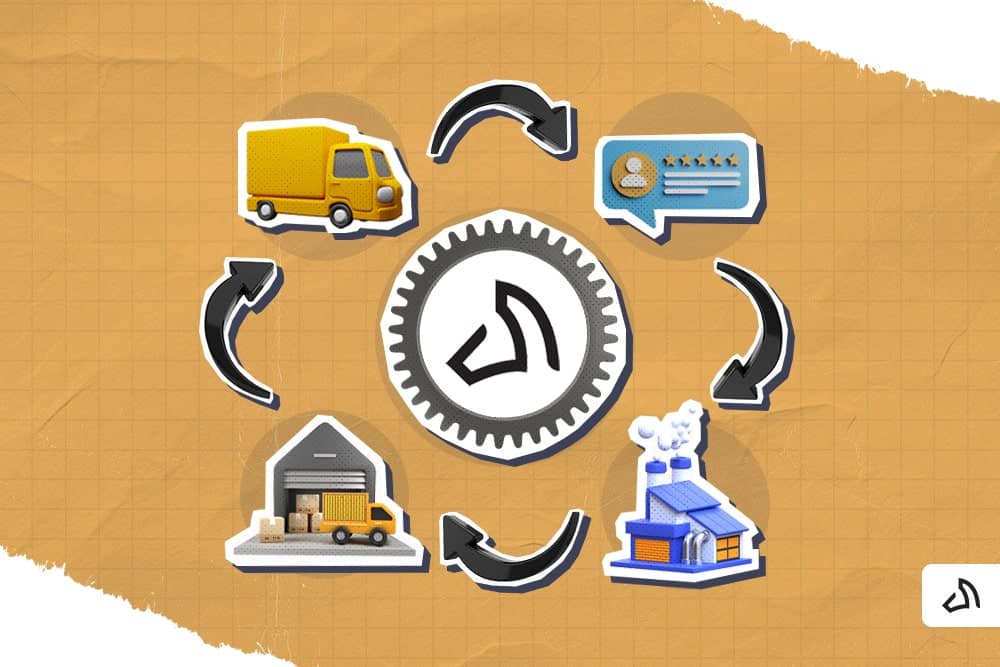
At Stallion, we get it! Running an online business is tough, especially when logistics get in the way of growth. That's why we're here.
As a trusted 3PL company, you get more than just shipping. You can take advantage of:
With Stallion, it's easier to focus on what matters most: growing your business without worrying about logistics.
So, if you're ready to simplify your supply chain, create an account with us today!
Aman looks after the content marketing department at Stallion Express. He is passionate about helping businesses grow by providing informative and up-to-date trends in the eCommerce industry. Outside the office, you can find him on the soccer field cheering on Real Madrid.
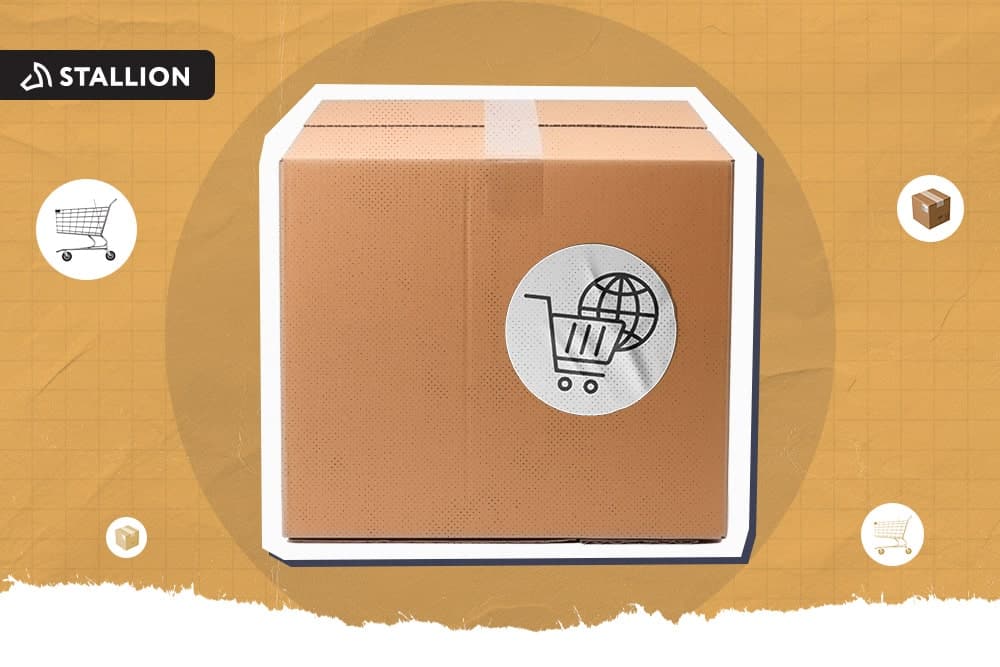
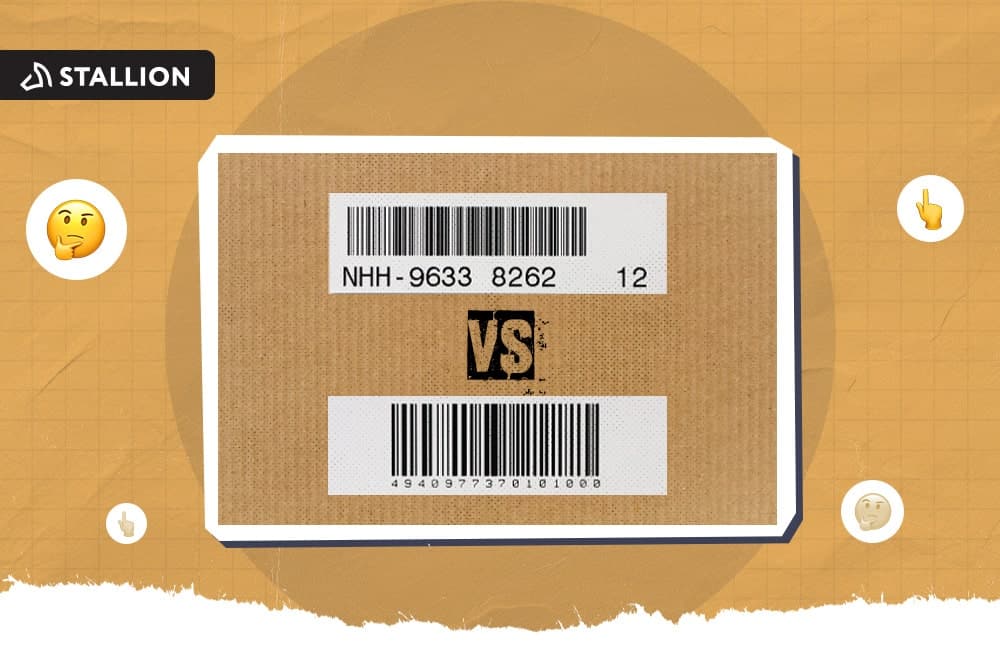
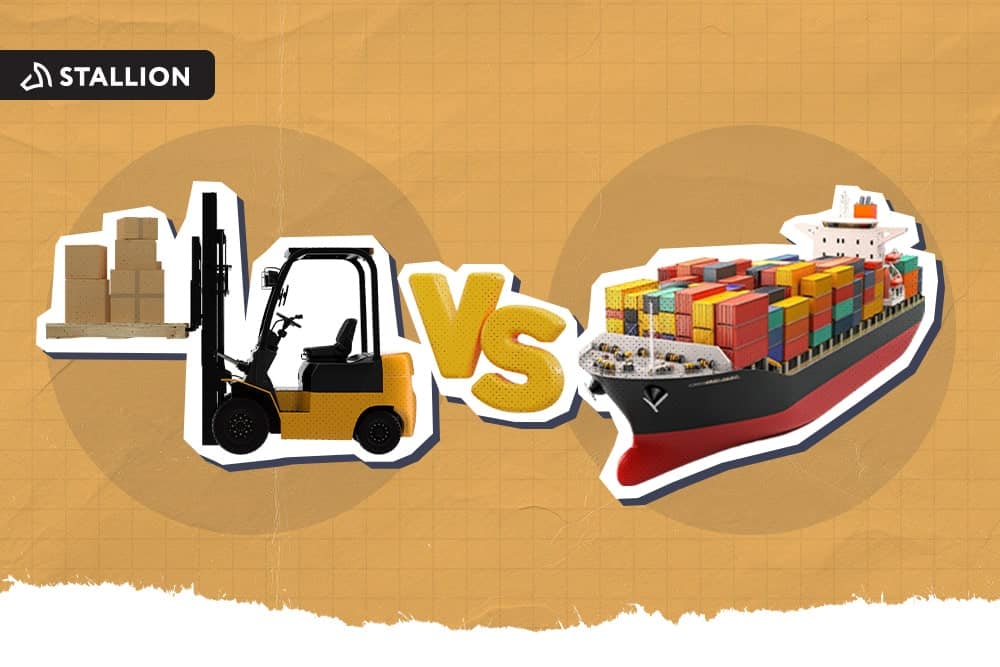
Can our fellow Torontonians relate?
-
#smallbusiness #business #entrepreneur #socialmedia #shipping #ecommerce #canadianecommerce #shopify #poshmark #b2b #saas #etsy #ebay #canada #canadiansmallbusiness #shoplocalcanada #entrepreneur
#toronto

Here’s your quick hassle free shipping from 🇨🇦 to 🇺🇸 as a business owner!
-
Any questions?! Leave them 👇🏻 and save this video so you don’t forget!
-
#smallbusiness #business #entrepreneur #socialmedia #shipping #ecommerce #canadianecommerce #shopify #poshmark #b2b #saas #etsy #ebay #canada #canadiansmallbusiness #shoplocalcanada #entrepreneur

Meet @drinkbenny a 🇨🇦 female founded energy drink brand! Instead of focusing on their products, they’re taking a unique approach by hosting in person events in different Canadian cities to offer an experience for their community 🧡
-
What are your thoughts on in person events? 💭
-
#smallbusiness #business #entrepreneur #socialmedia #shipping #ecommerce #canadianecommerce #shopify #poshmark #b2b #saas #etsy #ebay #canada #canadiansmallbusiness #shoplocalcanada #entrepreneur

Do you know the difference between DDU and DDP when shipping internationally 🌏 ?
-
Questions? Leave them below! 👇🏻
-
#smallbusiness #business #entrepreneur #socialmedia #shipping #ecommerce #canadianecommerce #shopify #poshmark #b2b #saas #etsy #ebay #canada #canadiansmallbusiness #shoplocalcanada #entrepreneur

Here’s a quick hack to save time from choosing multiple postage options
↪️ Turn on the lowest postage rate automation to save you time!
-
Questions? Leave them below! 👇🏻
-
#smallbusiness #business #entrepreneur #socialmedia #shipping #ecommerce #canadianecommerce #shopify #poshmark #b2b #saas #etsy #ebay #canada #canadiansmallbusiness #shoplocalcanada #entrepreneur
